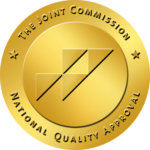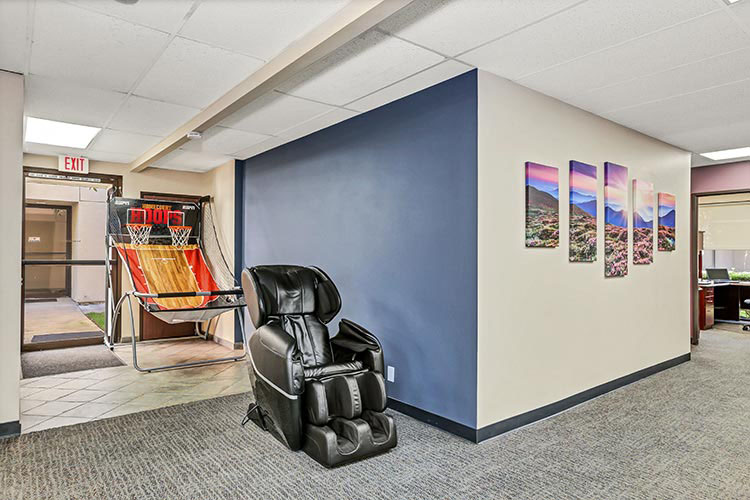Addiction is a complex problem that affects people from all walks of life. The different components of substance abuse have an infinite number of variations. Among the most problematic are those that come under the umbrella of candy flipping. Candy flipping is a term that describes the consumption of certain drugs for the purpose of having a large and intense experience of psychedelic activity. Candy flipping is very popular for some party and rave scenes because the drugs have been promoted as a viable activity to help with euphoric and sensory enhancement. In addition, and perhaps more importantly, candy flipping can lead to serious problems, such as side effects that can be dangerous in different ways, alongside loss of emotional control and possible long-term effects on mental health.

What is Candy Flipping?
Candy flipping is the practice of combining LSD (a hallucinogen) with MDMA (a stimulant and empathogen) to create a powerful, mixed high that enhances both visual and emotional experiences. While some people use it to intensify feelings of euphoria, connection, or sensory stimulation, candy flipping can also lead to unpredictable effects and serious health risks. Mixing these substances affects the brain in complex ways, often overwhelming the body and mind. Understanding what candy flipping is and the dangers involved is essential for making safer, more informed choices.
Exploring the Origins of Candy Flipping
The term “candy flipping” originated in the 1980s rave scene, where it became popular among partygoers seeking an intensified sensory experience. Combining the euphoric effects of MDMA with the hallucinogenic properties of LSD promised a journey into altered states of consciousness unlike any other. Over the years, the practice has persisted, evolving within subcultures and expanding into mainstream recreational drug use.
Understanding the Pharmacology of Candy Flipping
To comprehend the effects of candy flipping, it’s essential to examine the pharmacological mechanisms of MDMA and LSD individually. MDMA primarily acts as a serotonin, norepinephrine, and dopamine reuptake inhibitor, flooding the brain with neurotransmitters associated with pleasure, mood regulation, and empathy. LSD, on the other hand, interacts with serotonin receptors, inducing profound alterations in perception, cognition, and mood.
When combined, these substances synergize to produce an amplified psychoactive experience. MDMA enhances the emotional openness and empathy typically associated with LSD, while LSD prolongs the duration and intensifies the sensory distortions induced by MDMA. The result is a kaleidoscopic journey through euphoria, empathy, sensory enhancement, and altered states of consciousness.
The Risks and Dangers of Candy Flipping
While candy flipping can offer an intense, euphoric experience, the truth is that combining LSD and MDMA can be very dangerous – especially if used without understanding the associated risks. What may start as a high-energy, psychologically intense trip, can snowball into psychological and physical distress. Let’s take a closer look at some of the serious dangers candy flipping can present to one’s health and psyche:
Risk of Overdose
LSD and MDMA can have unpredictable effects, and combining two strong drugs increases the risk of overdose significantly. In short, because each drug enhances the others effectiveness means that users may not know how much each drug is working and therefore may take more than their body can handle. Uncontrolled high doses can lead to dangerous outcomes such as panic attacks, seizures, unconsciousness, and even death when the drugs are not pure or are contaminated.
Psychological Distress
The euphoric beginnings of a trip can quickly turn to challenging experiences. Candy flipping can result in heightened anxiety, confusion, paranoia, and in extreme cases, full-blown psychosis. People with either a personal or family history of mental disorders are at greater risk. Both MDMA and LSD are classified as mood and perception-altering drugs, so the mental stress makes the trip more overwhelming and traumatizing after the high is over.
Physical Complications
Candy flipping places your body under intense strain, both physically and mentally. MDMA raises your heart rate and body temperature and when used with LSD, also a stimulant, this can put a huge strain on your cardiovascular system. Things that are frequently reported by emergency room doctors when people come in for MDMA use or candy flipping are dehydration, hyperthermia (dangerously high body temperature), and elevated blood pressure. Serious complications may result in kidney damage, organ failure, or fatal cardiac events.
Long-Term Neurological Effects
In addition to the risks that can happen right away, repetitive candy flipping has the potential to cause lasting effects on the brain. MDMA is known to deplete serotonin levels in the brain, giving it its ‘happy’ feeling, however the brain can go too low and cause mood swings, ongoing depression, or exhibited emotional instability. Each time MDMA is consumed, especially in repeated use with LSD, the risk of experiencing cognitive issues, such as memory loss, poor concentration, and emotional dysregulation increases. Combined over time, this can substantially hinder your brain’s chemistry and mental health as a whole.
Candy flipping may seem like an exciting or spiritual experience, but the risks often outweigh the reward. Understanding the serious consequences can help you or someone you care about make safer, more informed decisions about substance use.
Candy Flipping Signs and Symptoms
Identifying candy flipping in yourself or a loved one can be difficult, especially because the combination of MDMA and LSD can affect people in very different ways. Some may appear overly euphoric and energetic, while others might seem confused or emotionally unstable. What makes it even more challenging is that these substances often mask distress in the moment, making it hard to tell when someone is truly struggling.
There are, however, some common signs that may point to candy flipping or polydrug use. These can include an intense or unusual sense of euphoria, visible agitation, dilated pupils, and perceptual distortions like vivid colors, shifting visuals, or synesthesia (mixing of senses). Someone candy flipping may seem overly sensitive to lights, sounds, or touch—sometimes reacting emotionally or irrationally to everyday stimuli. You might also notice sudden mood swings, erratic behavior, impaired decision-making, or episodes of confusion and disorientation.
If you recognize these symptoms in yourself or someone close to you, it’s important not to ignore them. Substance use, especially involving multiple drugs, can quickly escalate into dangerous territory. Reaching out for help as early as possible can make a significant difference in ensuring safety, preventing long-term harm, and beginning the journey toward recovery. Compassionate, professional support is available, and no one has to face this alone.
Seeking Help at 12 South Recovery
At 12 South Recovery, we recognize the challenges that accompany addiction and have created integrative treatment programs to help meet each individual’s personal needs. Our holistic approach includes medically-guided treatment options, evidence-based therapies, and individualized care to support the individual from day one, throughout their journey in recovery. From candy flipping to substance abuse and concurrent mental health disorders, our experienced team is here to help you regain your life.
Reach Out to 12 South Recovery Today!
Take the first step towards recovery today. Contact 12 South Recovery today to speak with a compassionate representative and learn more about our specialized treatment options.






































